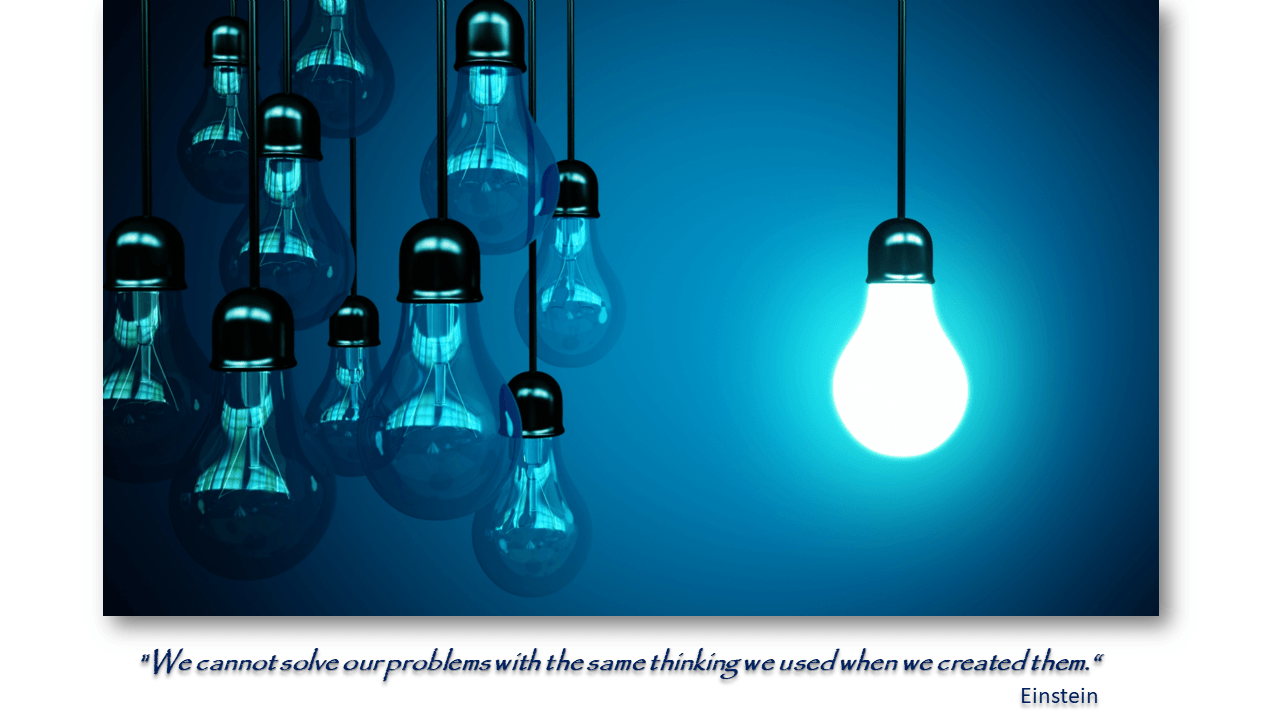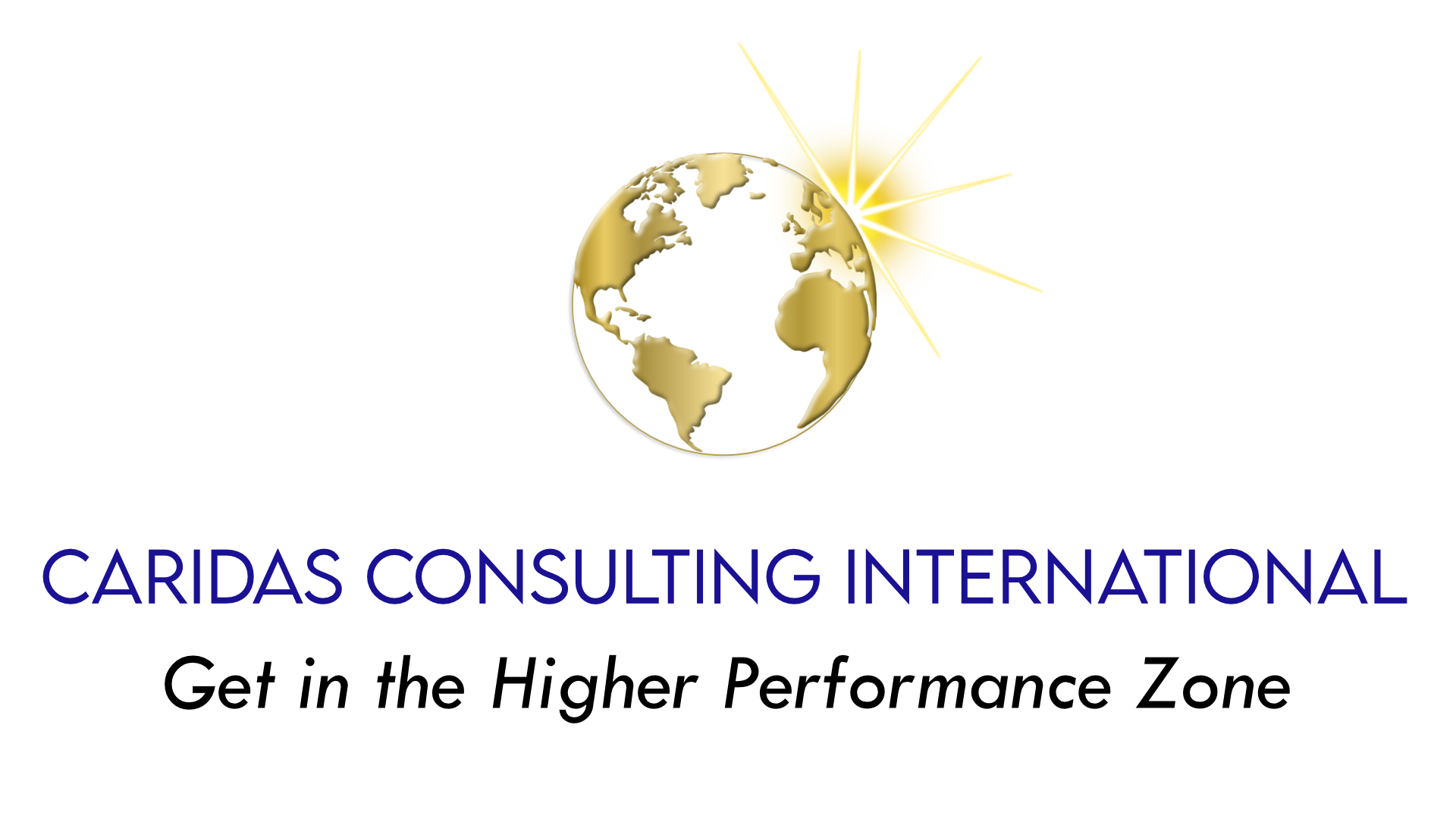Why Is Creativity Crucial to Your Business (Part 2)
Intro
Many words can be used to describe the creativity including inventiveness, imagination, innovation and originality. What is your definition of the creativity?
It is important to Identify how you work best, whether it is in a group or alone so you can be the most productive.
The steps to tapping into your genius:
1) First, get into Flow (a creative state where you are totally immersed in what you are doing, time flies, you
are being stretched. You are in the zone.)
2) When you are in Flow you can access your creativity
3) Creativity leads to innovation
4) The ultimate outcome is a highly productive state
Creativity can be overlooked when we are under pressure to meet deadlines. For example, to produce value for stakeholders, or you are limited by inadequate resources in the workplace.
Creativity helps employees excel. The benefits of allowing individuals to tap into their creativity can mean higher performance and profits, if these indicators are utilized (Ten Indicators of Superior Performance).
Examples of Creative People
What do individuals who persevere have in common? The fear of failure does not stop them from moving forward. They instead strive in the face of failure and use what they’ve learned to become better professionals in their field.
Albert Einstein
Einstein approached his work in a unique manner by bridging creativity into science. Much of his work was sub-par, however these were merely stepping stones on his path to achieving his greatest accomplishments in physics. Einstein published 450 papers of which 150 were non-scientific. Einstein wrote 30,000 documents that were never published, demonstrating his persistence and dedication to his creative pursuits throughout his career.
Steve Martin
Steve Martin is a powerful example of creative genius. He had a vision and never lost sight of his vision no matter how long it took him to see results. This required dedication, perseverance and focus. He floundered for ten years in tiny night clubs. He then spent ten years refining his craft and expanding his success. Once he became one of the top performers in stand-up, he then took what he learned and began making movies. He never looked back and became a legend.
Walt Disney
Originally, Walt Disney desired to be an actor. Instead he discovered his calling, drawing comic strips for newspapers, letting go of his dream. Walt Disney attempted a career working in the banking industry. He was unsatisfied with this choice and quickly switched back to creating comics.
His success was not immediate. Disney encountered many obstacles and challenges. Disney founded the “Laugh-O-Gram Corporation” which was declared bankrupt 2 years later. Disney had endured many hardships after the failures that his original work had caused him. He ate dog food until he could get back on his feet, but Disney never gave up. Disney produced “Oswald the Lucky Rabbit”. Two years after its inception, Disney lost rights to the animated series to Universal Studios.
Walt Disney was advised that Mickey Mouse was a failure, stating that “a giant mouse would terrify women”. People quickly realized the genius that was Disney.
Snow White debuted in 1937 and was projected to be a flop because of its 80-minute running time. Critics doubted a child’s ability to sit through a long film. They were wrong, his feature film was a critical success, and pioneered the way movies would be created for generations to come. His films earned him 22 Oscars and he received 59 nominations. Since the 30’s, Disney remains the record holder for the most Academy Awards ever won by an individual.
John Hayes
John Hayes was a composer at the Carnegie Mellon University. His studies of musicians, poets, and artists helped him conclude there were similar habits with each group. John Hayes examined 500 musical masterpieces. After a decade of studying other artists and how they compose their music, he became serious about producing a masterpiece of his own. In follow-up studies of other artists, it has been found that other artists are similar in their creative process.
Steps to Creativity Formula:
Prepare– The first step to the creative process. Preparing means picking a subject which is motivates you. Identify your passion and your gifts. Surround yourself in an environment that is conducive to remaining relaxed and positive.
Practice– Creativity does not work unless you do. The more you produce, the more likely you are to stimulate creativity and innovation. Practice helps to connect the dots between relationships and existing ideas. Your intuition is a compilation of past experiences. Your intuition can assist you in the creative process. Be aware that creativity is a process, and not an event.
Persevere– Remember that Einstein and Steve Martin produced in the face of impending failure. Creating what some might deem as “bad work” only increases the likelihood of creating snippets of “good work.”This accumulated body of work then can produce “great work” down the road. The fear of failure can be stagnating, however there is always value in these experiences to be carried forward. Use the energy of fear to propel you into action. The key is do not let fear block your progress.
Embrace Failure– Failure is unavoidable. Embrace failure, it is your friend. Success is achieved through perseverance. Many successful and famous people produced lots of subprime work to eventually design great work. It is through producing in volume that eventually generates the masterpiece.
Execution– The carrying out or putting into effect of a plan, or course of action. Once all of the previous steps are harnessed, execution is the most critical step or the idea may not manifest.
Just Remember the Steps to the Creativity Formula:
1) Prepare
2) Practice
3) Perseverance
4) Embrace Failure
5) Execution
Creating Flow (getting into the zone of high performance) in your life is the most important step, if you want to cultivate creativity. Stay tuned for our next blog post on Flow.
Caridas Consulting Blog




